Are you on a quest to find the best roofing shingles and wondering about the types of underlayment for roofs? Whether you’re a homeowner looking to replace your roof or a professional roofer seeking the best brands, we’ve got you covered.
If you have a flat roof, you might be wondering about the best roofing material for a flat roof. Don’t worry; we’ll discuss that too!
We’ll also shed light on the importance of roofing underlayment and the various materials available. Also, We’ll explore the best roofing material for solar panels and how it can optimize the performance of your renewable energy system.
Let’s discuss the types of underlayment for roofs, reveal the best roofing shingles brands, and answer whether roofing underlayment is truly necessary.
Asphalt-Saturated Felt Underlayment
Asphalt-saturated felt underlayment is made from a combination of organic or fiberglass matting that is saturated with asphalt. This process creates a sturdy, water-resistant layer that acts as a protective barrier between your roof deck and the final roofing material, such as shingles.
One of the key advantages of asphalt-saturated felt is its affordability. Compared to some other underlayment options, it tends to be more budget-friendly while still offering reliable performance. It provides an additional layer of protection against moisture, helping to prevent leaks and water damage.
However, it’s worth noting that asphalt-saturated felt does have its limitations. It is not as resistant to UV rays as some other underlayment materials, and prolonged exposure to sunlight can cause it to deteriorate over time. Therefore, it’s crucial to ensure that the final roofing material, such as shingles, provides adequate UV protection.
Synthetic Roofing Underlayment
Synthetic roofing underlayment is typically made from polypropylene or a combination of polypropylene and polyethylene materials. These synthetic fibers are engineered to create a durable, lightweight, and highly resistant layer that provides superior protection for your roof.
One of the standout features of synthetic underlayment is its exceptional water resistance. Unlike some other materials, synthetic underlayment is designed to repel water effectively, preventing moisture from seeping through and causing damage to your roof deck or interior. This is particularly advantageous during the construction process when a roof may be exposed to the elements before the final roofing material is installed.
Rubberized Asphalt Underlayment
Rubberized asphalt underlayment is manufactured by blending asphalt with synthetic rubber polymers. This unique combination results in a highly flexible, self-sealing, and watertight underlayment that can withstand the harshest weather conditions.
One of the standout features of rubberized asphalt underlayment is its exceptional waterproofing properties. Its rubberized composition creates a superior barrier that prevents water from penetrating the roof, even in areas prone to heavy rain or snow. This makes it an ideal choice for areas where moisture infiltration is a concern.
In addition to its waterproofing capabilities, rubberized asphalt underlayment offers excellent durability. It can withstand extreme temperatures, resist UV degradation, and remain intact for many years. This long-lasting performance ensures that your roof stays well-protected and helps extend the overall lifespan of your roofing system.
Peel-and-Stick Underlayment
Peel-and-stick underlayment, also known as self-adhering underlayment, is designed with a self-adhesive backing that eliminates the need for additional fasteners like nails or staples. This feature simplifies the installation process and saves valuable time and effort during roof construction or replacement.
One of the main advantages of peel-and-stick underlayment is its exceptional waterproofing properties. The self-adhesive backing creates a tight seal between the underlayment and the roof deck, ensuring a watertight barrier. This helps to prevent water penetration and protects your roof structure from potential damage caused by leaks or moisture.
The convenience of peel-and-stick underlayment extends beyond its easy installation. Its self-adhesive nature allows for proper adhesion to the roof deck, even in challenging weather conditions or on steep-slope roofs. This ensures that the underlayment stays securely in place, minimizing the risk of wind uplift or displacement during storms.
Breathable Roofing Underlayment
Breathable roofing underlayment is specifically designed to allow air circulation between the roof deck and the roofing material. It is typically made from a combination of synthetic materials that have micropores or perforations, enabling moisture vapor to escape while still providing a protective barrier against external elements.
One of the primary advantages of breathable Roofing underlayment is its ability to prevent moisture buildup in the roof system. By allowing air to circulate, it helps to dissipate moisture vapor that may otherwise get trapped and lead to issues such as mold, rot, or degradation of the roofing materials. This promotes a healthier environment for your roof, enhancing its longevity and performance.
Breathable underlayment is also effective in preventing the formation of condensation. It allows any moisture that may accumulate between the roof deck and the underlayment to evaporate, reducing the risk of condensation-related issues that can lead to damage over time.
Conclusion
With an unwavering commitment to quality and customer satisfaction, Mr. Roofer is here to ensure that your roof is in the best hands.
Whether you’re looking for durability, style, or eco-friendly options, they’ll guide you through the maze of choices to find the perfect fit for your home. From renowned brands to hidden gems, they’ve got you covered.And when it comes to installation, Mr. Roofer knows the importance of every detail, down to the roofing services underlayment nails. With their meticulous approach, they’ll make sure that every aspect of your roofing project is handled with precision and care.
Flat roofs often require different materials compared to sloped roofs. Some popular choices for flat roofs include single-ply membranes like PVC or TPO, built-up roofing (BUR) with multiple layers of asphalt and reinforcing materials, or modified bitumen roofing.
The best material for roofing depends on various factors, such as the climate in your area, the style of your home, your budget, and your preferences. Some commonly used roofing materials include asphalt shingles, metal roofing, tile roofing, and slate roofing. Each material has its own advantages in terms of durability, aesthetics, and cost. It’s recommended to consult with a roofing professional to determine the best material for your specific needs.
There are different types of underlayment used for roofs, including asphalt-saturated felt (tar paper), synthetic underlayment, rubberized asphalt underlayment, and peel-and-stick underlayment. Each type has its own characteristics, such as water resistance, durability, and installation methods. The choice of underlayment depends on factors like climate, roof type, and personal preferences.
Yes, roofing underlayment is an essential component of a roofing system. It provides an additional layer of protection between the roof deck and the roofing material. Underlayment helps to prevent water infiltration, protect against ice dams, and provide a barrier against wind-driven rain. It also acts as a secondary layer of defense in case the primary roofing material gets damaged.
The lifespan of roofing shingles can vary depending on several factors, such as the quality of the shingles, the climate conditions, and proper maintenance. Generally, asphalt shingles can last between 15 to 30 years, while other materials like metal or slate may have a longer lifespan of 50 years or more.

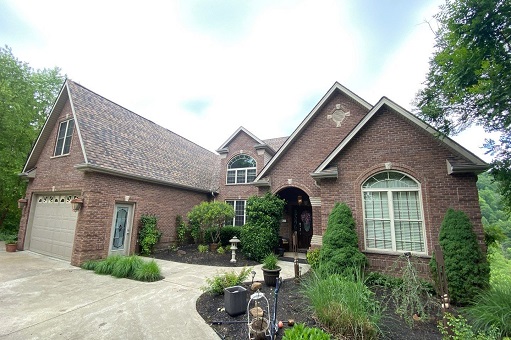

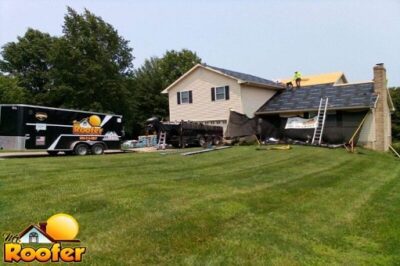
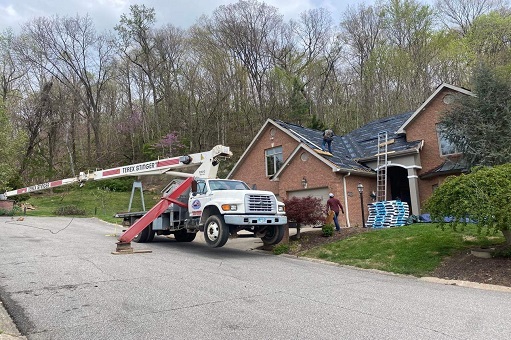
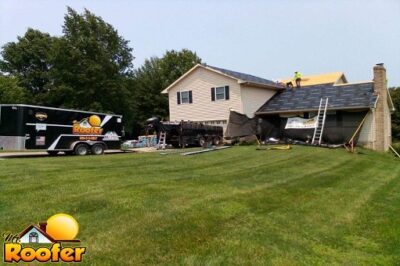
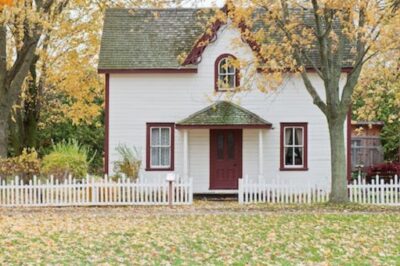
0 Comments